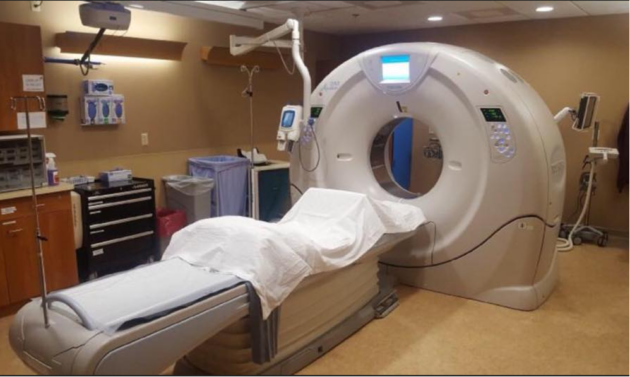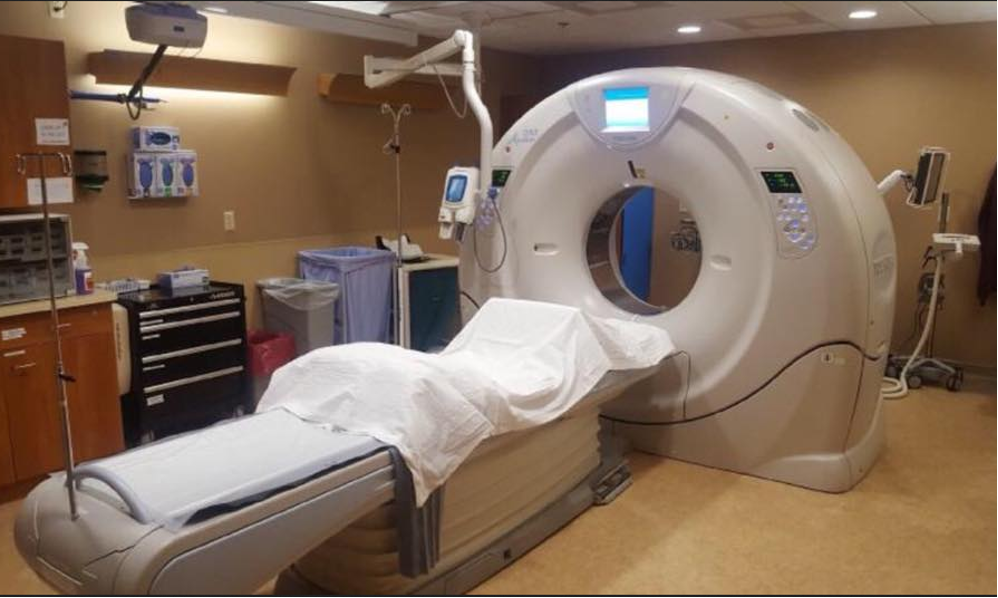As part of the ongoing investigation of my cancer “south of the border” I was scheduled to have a Chest/Abdo/Pelvis CT scan in Wellington Hospital on 1st December. This would be the day after my interview with the urologist and meant two trips into Wellington. Parking at and around Wellington hospital is horrific, so it means arranging transport there and back by other means. I have a very good taxi driver who takes me back and forth at a cut-rate, but I have already spent over $500 on fares.
I therefore asked the hospital if they could get both appointments on the same day, but unfortunately neither the specialist nor the scan equipment were able to move appointments. Would this facility be available in Lower Hutt, I asked plaintively, and without hope. Yes, I was told. They would enquire and get back to me.
The upshot of this was a phone call to tell me I was booked into Hutt Hospital to have the scan on Monday the 23rd. Wow, we can drive there and parking is okay and a major bonus is the scan would be available for review well before my appointment on 30th November.
The first thing I’ve learned is, don’t be afraid to ask. The hospital people were very helpful once they understood about the double trip to hospital, and access difficulties.
Exam preparation was detailed:
- Have nothing to eat for six hours prior to the exam (reduced to four hours by Hutt Hospital)
- Drink normal fluids until one hour before the scan
- One hour before the scan drink 700 mls of water
- Don’t empty bladder for half hour before the scan
- Bring reading glasses if used.
On the 23rd we turned up at the reception desk and were handed a check list which was quickly completed. There was nothing in the check list that was worrying, and about five minutes before the scheduled time a pleasant young man named John invited us into a side office. He explained what was going to happen, and outlined that there was a small chance I could react to the contrast medium (x-ray dye) they would inject into me. Small turned out to be 10% or less, so of course I signed the consent.
We then went into the scanner room, and there sat the beast.

It was a Toshiba Aquilion One. And you can see what the suppliers say about it (or a similar model) at this site.
This is salesman talk about their machine”
The new Aquilion ONE/ ViSION Edition CT scanner from Toshiba distinguishes itself with a faster rotation speed of just 0.275 seconds which is applicable for all routine applications. A wider 78 cm gantry bore improves patient comfort and access. In combination with AIDR 3D, the ViSION Edition provides fast and robust low dose imaging for all patient examinations with negligible impact of reconstruction time.
The 16cm z-axis coverage allows entire organs such as the heart to be imaged in just one rotation. The ViSION Edition also introduces 3D CT Fluoroscopy, allowing the physician to visualize complicated interventional procedures in multiple planes for greater ease and improved safety.
https://eu.medical.canon/product-solutions/computed-tomography/aquilion-one/
This means it’s fast and doesn’t overdose you with radiation.
I see there is a used 2011 model for sale for US$249,500 if you just MUST have your own.
One lies on the bed which is then inserted into the ring which looks like an oversized doughnut. It was the first time a doughnut had eaten me, it’s usually the other way around. As an historical aside, doughnuts were invented around 1809. Initially they came without the hole which was invented around 1861 to aid proper cooking.
John checked me for metal and decided I should take off my braces in the changing room (I’m pear shaped, belts don’t work too well) then decided my jeans had metal and they had to go too. I preserved my dignity by retaining my undies and shirt, and a hospital gown. There is no lock up facility in the changing room, and I had left my wallet with Mrs Korau. Watch and wedding ring were no problem as they weren’t near the scan area.
John introduced me to Angie, a Canadian/Kiwi (her father is a Kiwi) who has spent the past sixteen years in New Zealand. She explained that she would insert a needle into my arm to deliver the x-ray dye. She told me the actual scan would only take a few minutes, with a practice or calibration run, then the actual scan.
After laying me down and needling me on the machine bed, and putting my hands above my head Angie retired out of the room to the operators area and turned the machine on. What a noise as it powered up. A disembodied American voice instructed me to take and hold a breath, and the scanner did its thing. This happened two or three times and that was the test done in under three minutes.
Angie then returned and got me to drink another two cups of water to put more liquid into my bladder. I really wasn’t thirsty, but you tend to do what you’re told in this situation. She left and the disembodied voice instructed me once again. This time the scan was quicker than the test, and it was over in less than a minute. No pain, no discomfort, just a pleasant lie down.
I was instructed to dress and return to Mrs Korau where I would have to wait twenty minutes to ensure there was no adverse reaction to the dye. After about half an hour waiting Kate came along, took me to an office and removed the line in my arm. And that was it.
The second thing I’ve learned is our health system has some very sophisticated equipment. It’s great to know that governments do invest in good outcomes.
And the third thing I’ve learned. Our health system is staffed by very professional, caring people.
Now we wait!

